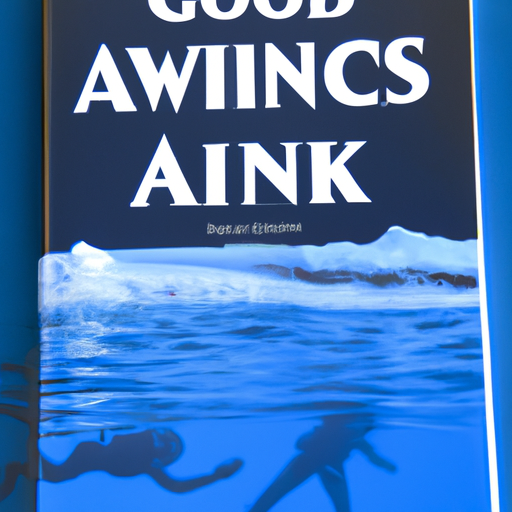
A Guide to Diving in Cold Water: From the Arctic to Antarctica
Calling all thrill-seekers! Are you tired of the mundane, warm-water dives that keep popping up on your Instagram feed? It’s time to explore some of the most unique and freezing-cold diving spots in the world. In this guide, we’re going to cover everything you need to know about diving in cold water, from the icy depths of the Arctic to the frosty landscapes of Antarctica. Let’s dive in!
Preparing for Your Cold-Water Dive
First things first, you need to get your gear in order. Cold-water diving requires specialized equipment, such as a drysuit, hood, and thick gloves. If you’re new to cold-water diving, consider taking a class to learn proper safety precautions, like avoiding hypothermia by wearing proper insulation. It’s also important to understand the unique challenges of cold-water environments, such as decreased visibility and potentially dangerous currents. With the right preparation, you can dive safely and comfortably in even the coldest waters.
Exploring the Arctic Waters
If you’re ready to brave the icy waters of the Arctic, your first stop should be Norway’s Lofoten Islands. The islands offer some of the best underwater visibility in the world, with kelp forests, coral reefs, and plenty of marine life. You may even spot a humpback whale or two. Other popular Arctic diving locations include Iceland’s Silfra Fissure and Canada’s Baffin Island, where you can dive with narwhals and polar bears (from a safe distance, of course).
Diving in Antarctic Waters
Antarctica may be one of the most remote destinations on Earth, but it’s also a diver’s paradise. The frigid waters are home to vibrant marine life, including seals, penguins, and even killer whales. Keep in mind that diving in Antarctica is strictly regulated and can only be done with a licensed operator. But if you’re up for the challenge, you’ll be rewarded with an unforgettable experience.
Tips for a Successful Cold-Water Dive
Cold-water diving can be intimidating, but it’s also incredibly rewarding. To make your dive as successful as possible, follow these tips:
– Stay warm: Proper insulation is key to staying comfortable and avoiding hypothermia. Make sure you have the right gear for the job.
– Take it slow: Cold water affects your body differently than warm water, so take it slow and ease into the dive.
– Be prepared: Cold-water diving is not for the faint of heart. Make sure you’re prepared physically and mentally for the challenge.
– Respect the environment: Cold-water environments are fragile, so make sure you’re diving responsibly and not damaging the ecosystem.
In conclusion, cold-water diving is not for the faint of heart, but for those willing to brave the frigid waters, it’s a truly remarkable experience. With the right gear, preparation, and mindset, you can explore some of the most unique and stunning underwater environments in the world. So gear up, stay warm, and get ready to dive!





